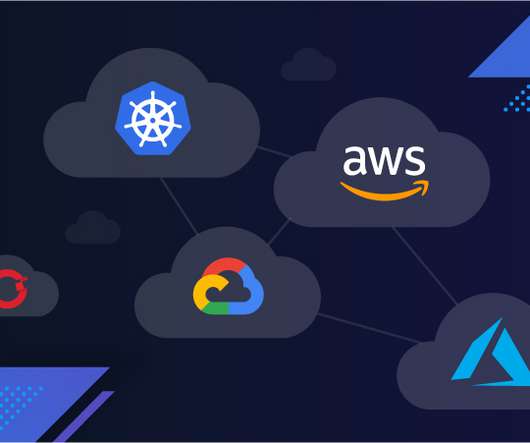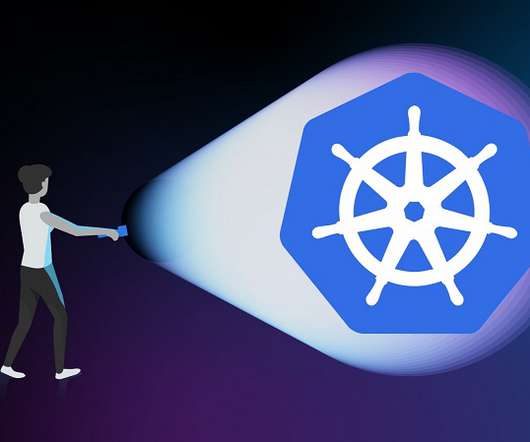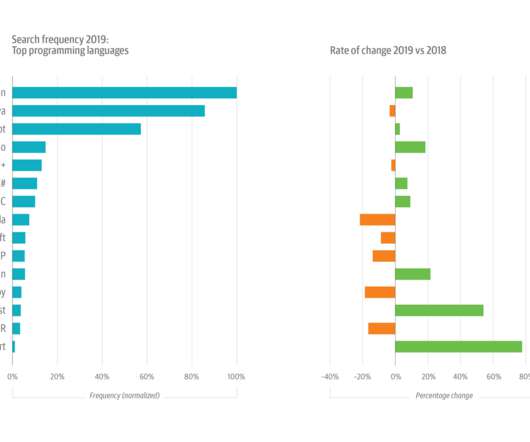Hybrid cloud infrastructure explained: Weighing the pros, cons, and complexities
Dynatrace
JUNE 29, 2022
Amazon Web Services (AWS) Outpost : This offering provides pre-configured hardware and software for customers to run native AWS computing, networking, and services on-premises in a cloud-native manner. This orchestration layer uses software-based tools to automate IT tasks and manage resources—virtualized or other.

































Let's personalize your content